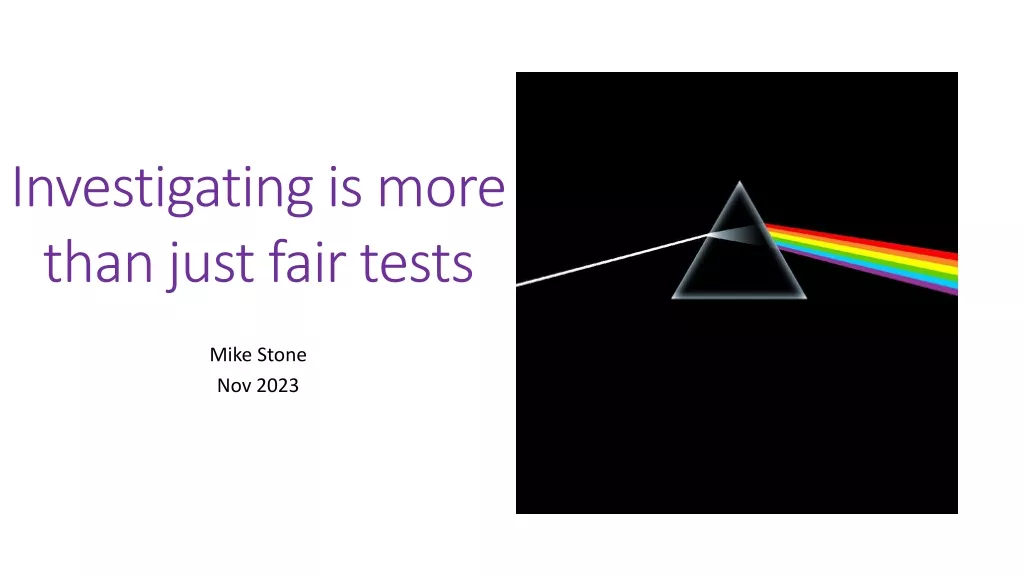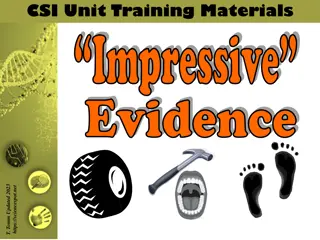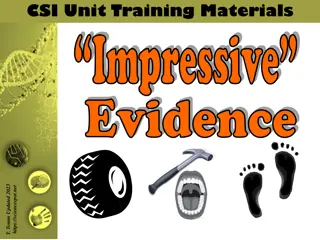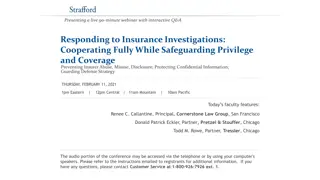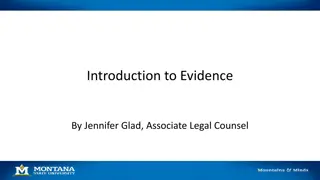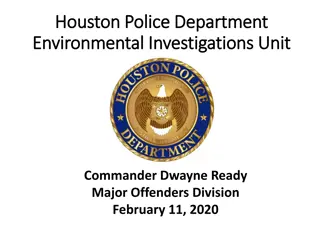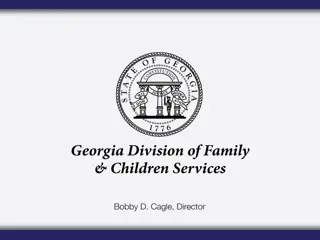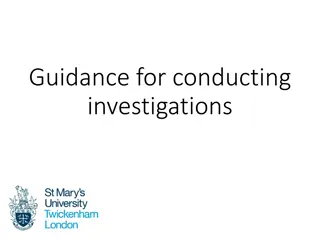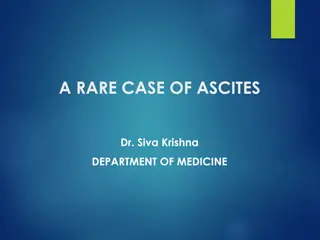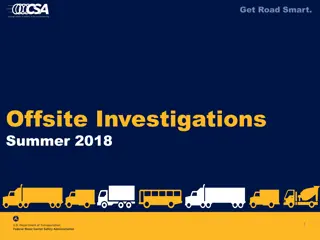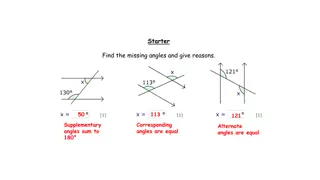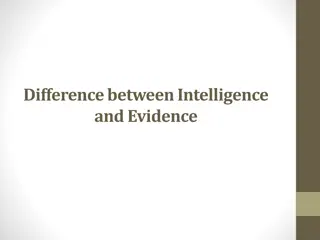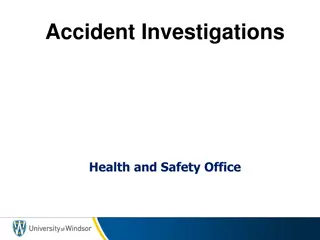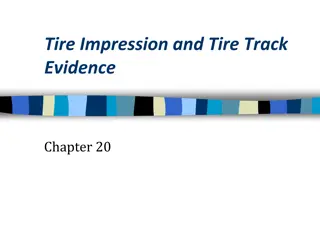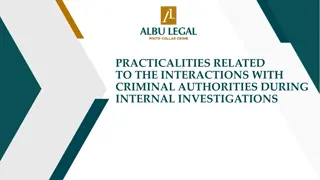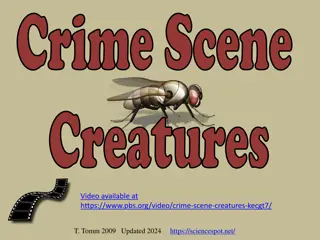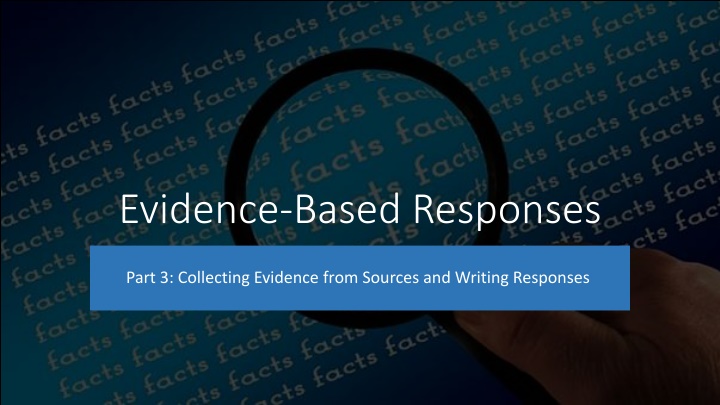
Effective Strategies for Collecting and Analyzing Evidence in Responses
Enhance your ability to collect, analyze, and utilize evidence effectively in writing responses by following expert-recommended strategies. Learn how to evaluate sources, organize evidence, and create compelling responses that inform or persuade.
Download Presentation

Please find below an Image/Link to download the presentation.
The content on the website is provided AS IS for your information and personal use only. It may not be sold, licensed, or shared on other websites without obtaining consent from the author. If you encounter any issues during the download, it is possible that the publisher has removed the file from their server.
You are allowed to download the files provided on this website for personal or commercial use, subject to the condition that they are used lawfully. All files are the property of their respective owners.
The content on the website is provided AS IS for your information and personal use only. It may not be sold, licensed, or shared on other websites without obtaining consent from the author.
E N D
Presentation Transcript
Evidence-Based Responses Part 3: Collecting Evidence from Sources and Writing Responses
Collecting Evidence from Sources When introducing a new or different type of source, provide direct instruction and practice identifying possible evidence that will support a response. Increase the number and variety of sources as developmentally appropriate. Beginning around grade 4, introduce the idea of recognizing words that reflect personal feelings. Beginning around grade 6, introduce the idea of paraphrasing and summarizing sources without personal reflection. In upper middle grades, introduce sources that contradict and practice analysis.
Begin with the guiding question for the investigation. What evidence helps to inform understanding? What is the most compelling evidence to support the task response? Consider the task: is the goal to inform or to persuade? Analyzing Evidence Categories Organize the evidence Quality Create a brief or detailed outline to present the evidence Outline
Student Selected Sources Apply the same strategies to the found source I provide two; you find one
Regardless of what types of sources you use, they must be credible; your sources must be reliable, accurate, and trustworthy. Who is the author? How recent is the source? What is the author's purpose? What type of source does your audience value? Evidence
First-hand research is research you have conducted yourself such as interviews, experiments, surveys, or personal experience and anecdotes. Second-hand research is research you are getting from various sources that have been supplied and compiled by others such as books, periodicals, Web sites and other digital resources. What type of evidence should I use? The type of evidence used should complement the task, audience, and purpose.
Written Responses Just the beginning
Extensive practice on short, focused research projects In addition to more sustained research efforts at higher grades More typical of the workplace Allows students to repeat the research process many times and develop the expertise needed to conduct research independently A progression of shorter research projects also encourages students to develop expertise in one area by confronting and analyzing different aspects of the same topic as well as other texts and source materials on that topic 8
Rubric and Feedback ALMOST SUCCESS CRITERIA Addresses the prompt Includes effective evidence NEXT Is organized logically Uses vocabulary accurately*
NEXT Beyond writing, creating vibrant demonstrations of learning.

